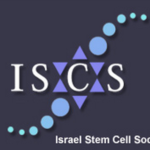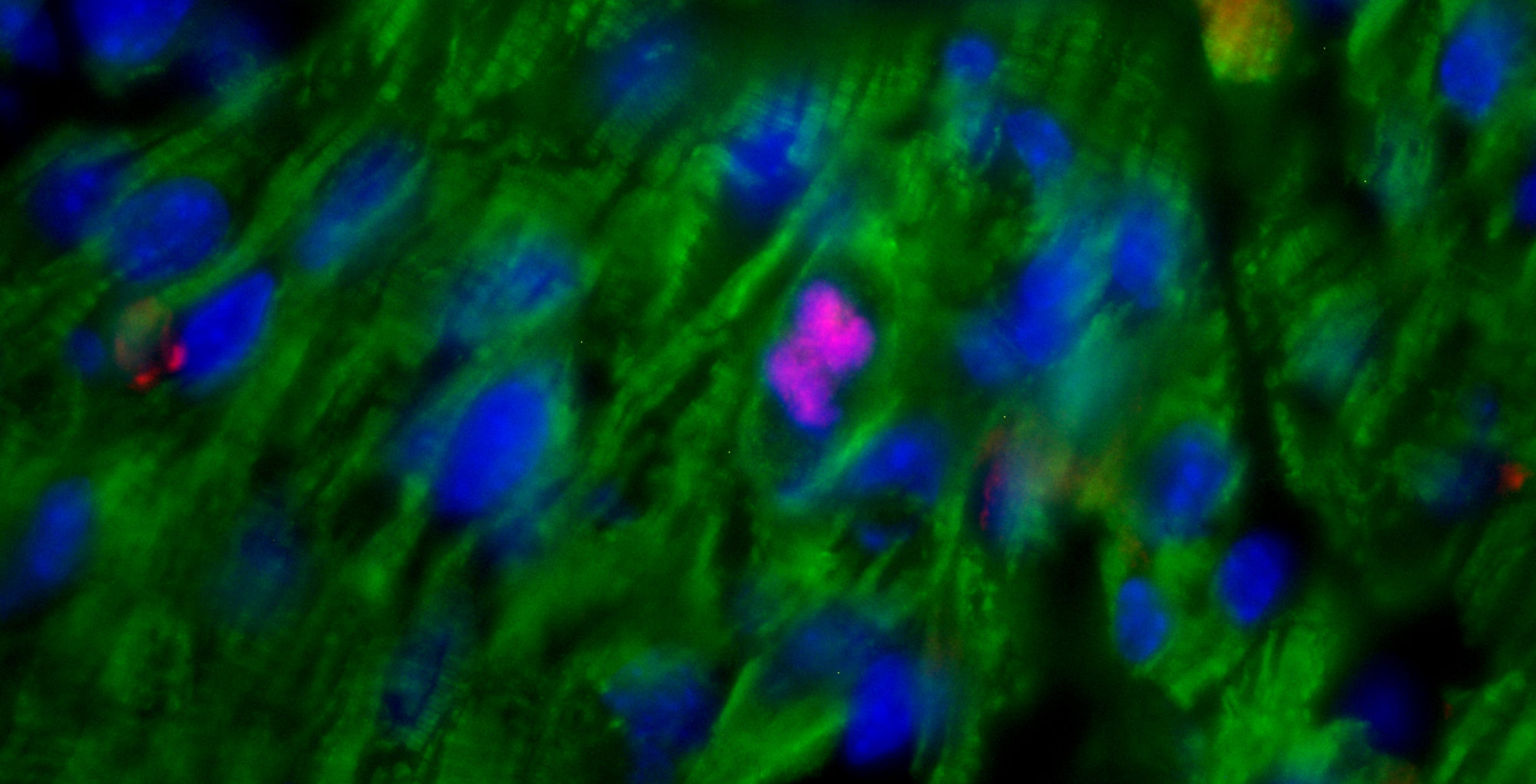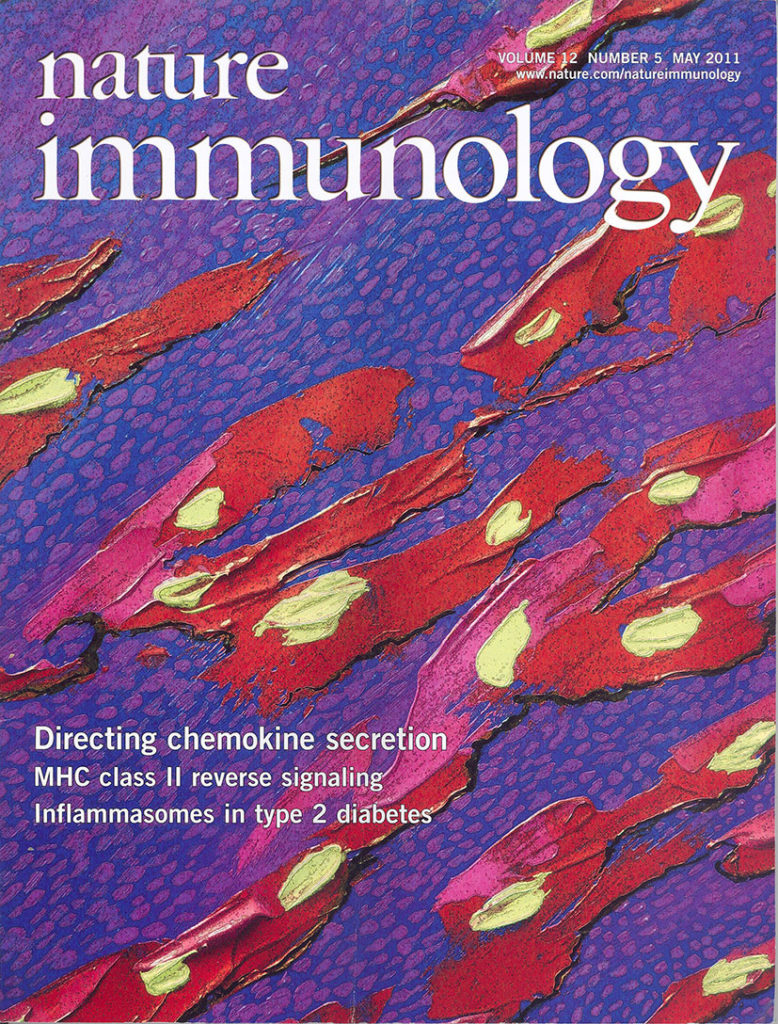Extracellular and intracellular mediators of inflammation, such as tumor necrosis factor alpha (TNFα) and NF-kappaB (NF-κB), play major roles in breast cancer pathogenesis, progression and relapse. SLUG, a mediator of the epithelial-mesenchymal transition process, is over-expressed in CD44(+)/CD24(-) tumor initiating breast cancer cells and in basal-like carcinoma, a subtype of aggressive breast cancer endowed with a stem cell-like gene expression profile. Cancer stem cells also over-express members of the pro-inflammatory NF-κB network, but their functional relationship with SLUG expression in breast cancer cells remains unclear. Here, we show that TNFα treatment of human breast cancer cells up-regulates SLUG with a dependency on canonical NF-κB/HIF1α signaling, which is strongly enhanced by p53 inactivation. Moreover, SLUG up-regulation engenders breast cancer cells with stem cell-like properties including enhanced expression of CD44 and Jagged-1 in conjunction with estrogen receptor alpha down-regulation, growth as mammospheres, and extracellular matrix invasiveness. Our results reveal a molecular mechanism whereby TNFα, a major pro-inflammatory cytokine, imparts breast cancer cells with stem cell-like features, which are connected to increased tumor aggressiveness.
Go to the full article: Storci G, Sansone P, Mari S, D’Uva G, Tavolari S, Guarnieri T, Taffurelli M, Ceccarelli C, Santini D, Chieco P, Marcu KB, Bonafè M. TNFalpha up‐regulates SLUG via the NF‐kappaB/HIF1alpha axis, which imparts breast cancer cells with a stem cell‐like phenotype. J Cell Physiology, 2010
 We won the poster session at the conference ISCS “The 4th Young Investigators Stem Cell Meeting” organized by the Israeli Stem Cell Society (December 2, 2012. Tel Aviv, Israel).
We won the poster session at the conference ISCS “The 4th Young Investigators Stem Cell Meeting” organized by the Israeli Stem Cell Society (December 2, 2012. Tel Aviv, Israel).

 We developed Bitnos.com, a free, web-based, collaborative Operating System that provides you all the best free online biomedical applications, search engines and websites. With online applications and services (also known as web applications or webware), you do not need to download and install anything. All the services will be directly available for you in one click. These applications and services are cross-platform, running via your browser as a client irrespective of what operating system you are using. You just need to access them online.
We developed Bitnos.com, a free, web-based, collaborative Operating System that provides you all the best free online biomedical applications, search engines and websites. With online applications and services (also known as web applications or webware), you do not need to download and install anything. All the services will be directly available for you in one click. These applications and services are cross-platform, running via your browser as a client irrespective of what operating system you are using. You just need to access them online.